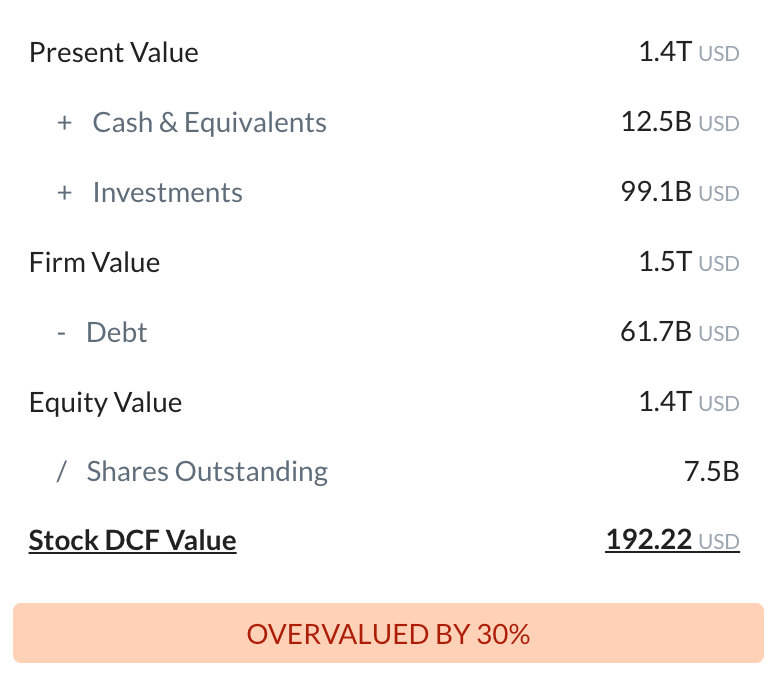
PG&E Corp
NYSE:PCG

Intrinsic Value
The intrinsic value of one
 PCG
stock under the Base Case scenario is
hidden
USD.
Compared to the current market price of 17.23 USD,
PG&E Corp
is
hidden
.
PCG
stock under the Base Case scenario is
hidden
USD.
Compared to the current market price of 17.23 USD,
PG&E Corp
is
hidden
.
The Intrinsic Value is calculated as the average of DCF and Relative values:
Valuation History
PG&E Corp

Fundamental Analysis

Heightened wildfire liability remains a critical threat to PG&E’s financial stability, as future catastrophic fires could trigger costly litigation, regulatory penalties, and raise questions about the utility’s long-term solvency.
PG&E’s regulated monopoly position in Northern California provides strong visibility into revenue through cost-of-service ratemaking, suggesting a stable earnings base despite recent challenges in safety and liability management.

Revenue & Expenses Breakdown
PG&E Corp

Balance Sheet Decomposition
PG&E Corp

| Current Assets | 17.2B |
| Cash & Short-Term Investments | 940m |
| Receivables | 4B |
| Other Current Assets | 12.2B |
| Non-Current Assets | 116.4B |
| PP&E | 88.8B |
| Other Non-Current Assets | 27.7B |
Free Cash Flow Analysis
PG&E Corp

| USD | |
| Free Cash Flow | USD |
Earnings Waterfall
PG&E Corp

|
Revenue
|
24.4B
USD
|
|
Cost of Revenue
|
-3.5B
USD
|
|
Gross Profit
|
21B
USD
|
|
Operating Expenses
|
-16B
USD
|
|
Operating Income
|
4.9B
USD
|
|
Other Expenses
|
-2.5B
USD
|
|
Net Income
|
2.5B
USD
|
PCG Profitability Score
Profitability Due Diligence

PG&E Corp's profitability score is hidden . The higher the profitability score, the more profitable the company is.

Score
PG&E Corp's profitability score is hidden . The higher the profitability score, the more profitable the company is.
PCG Solvency Score
Solvency Due Diligence

PG&E Corp's solvency score is hidden . The higher the solvency score, the more solvent the company is.

Score
PG&E Corp's solvency score is hidden . The higher the solvency score, the more solvent the company is.
Wall St
Price Targets
PCG Price Targets Summary
PG&E Corp

According to Wall Street analysts, the average 1-year price target for
 PCG
is 20.83 USD
with a low forecast of 15.15 USD and a high forecast of 24.15 USD.
PCG
is 20.83 USD
with a low forecast of 15.15 USD and a high forecast of 24.15 USD.
Dividends
Current shareholder yield for  PCG is
hidden
.
PCG is
hidden
.
Shareholder yield represents the total return a company provides to its shareholders, calculated as the sum of dividend yield, buyback yield, and debt paydown yield. What is shareholder yield?
The intrinsic value of one
 PCG
stock under the Base Case scenario is
hidden
USD.
PCG
stock under the Base Case scenario is
hidden
USD.
Compared to the current market price of 17.23 USD,
 PG&E Corp
is
hidden
.
PG&E Corp
is
hidden
.



























































 You don't have any saved screeners yet
You don't have any saved screeners yet